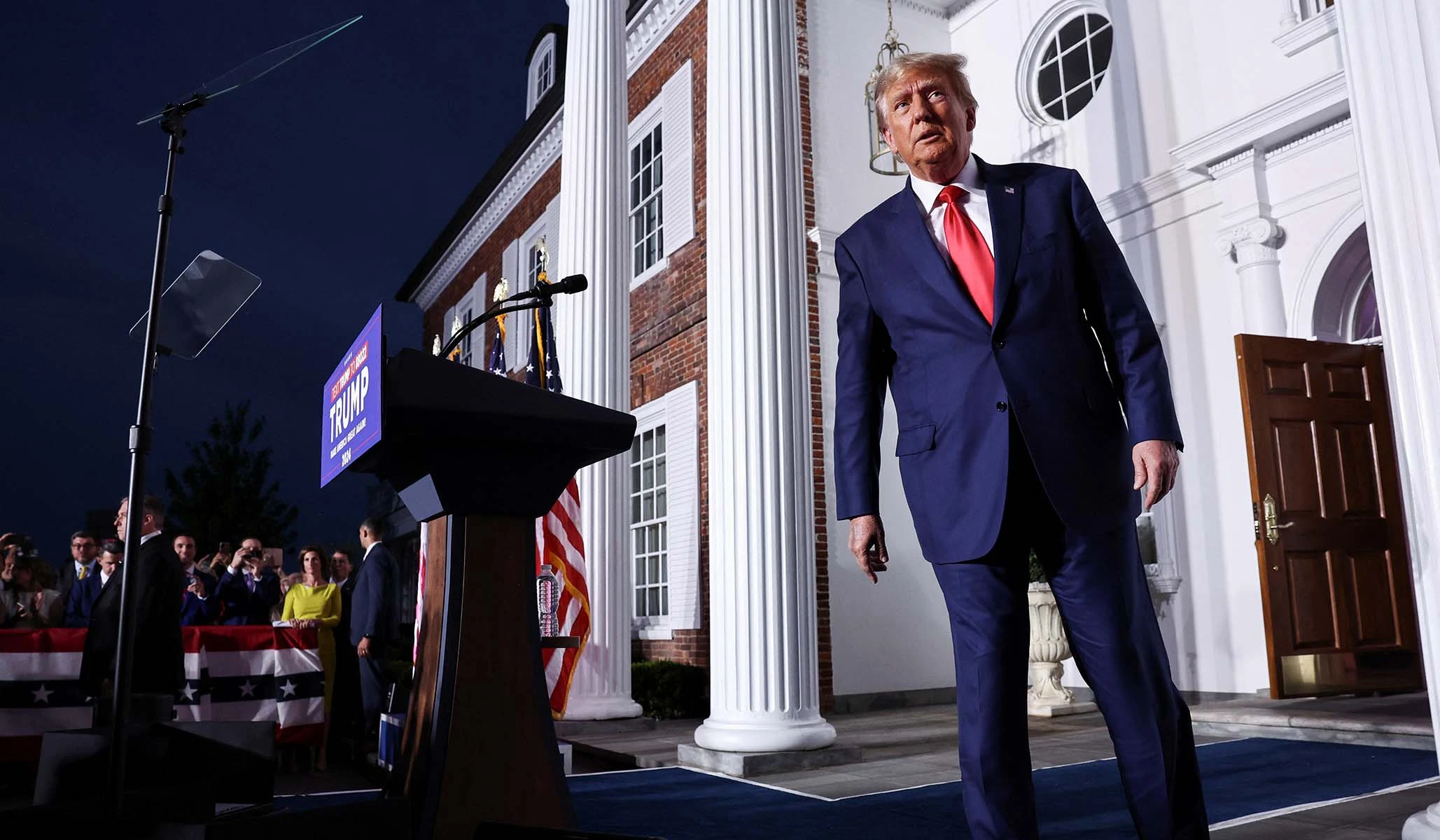The federal indictment of Donald Trump for retaining and concealing sensitive and classified documents at Mar-a-Lago has sparked partisan reactions. However, it is important to focus on the facts, the law, and due process in order to determine the truth. As the first-ever federal indictment of a former president, this case deserves serious scrutiny.
Conservatives and Republicans have valid reasons to approach this indictment with skepticism. It is crucial to remember that an indictment is not evidence or a verdict; it is merely a series of accusations. The presumption of innocence in the legal system cautions against jumping to conclusions before assessing the credibility of the allegations.
Moreover, the political incentives for the Biden administration to damage Trump politically are significant. Biden and his team believe that Trump would be an easier opponent in the general election, and there is a history of Democrats meddling in Republican primaries to support candidates who identify with Trump. These factors contribute to the mistrust surrounding this indictment.
The credibility of the pursuers of Trump, including federal law enforcement, has been called into question in recent years. The indictment itself has been criticized for being shoddy and full of legal defects. The Russiagate investigation, for example, was launched based on nonexistent crimes and an FBI fraud on the FISA court. The Justice Department under Merrick Garland has also faced allegations of bias and using law enforcement powers for political narratives. These factors further erode public confidence in the integrity and fairness of the investigation.
While skepticism is warranted, it is important to critically analyze the allegations in the indictment. Allegations can mislead readers in four ways: factual falsehoods, unprovable claims, important context omission, and failure to establish a violation of the law. It is unlikely that the allegations in this indictment are factually false, considering the level of review they have undergone. The indictment also includes documentary, photographic, and recorded evidence, which is highly unlikely to be fabricated. Witness testimony, however, is the most susceptible to falsehoods, but in this case, it mainly comes from Trump’s own employees, including his lawyers.
The government may face challenges in proving its case due to the unavailability of certain documents. The jury will not see the documents themselves, raising concerns about the legitimacy of the case. The government will need to rely on agents who have seen the documents and their testimony. This poses a practical problem in the trial and a perception problem in convincing the public of the case’s legitimacy.
Furthermore, there are six counts of obstruction of justice in the indictment, which do not appear to have obvious legal flaws. However, the prosecution needs to prove specific intent to disobey or disregard the law.
While there are still missing pieces of context and potential legal flaws, the parts of the indictment that seem credible are damning. It is important to approach this case critically and analyze the evidence presented.

